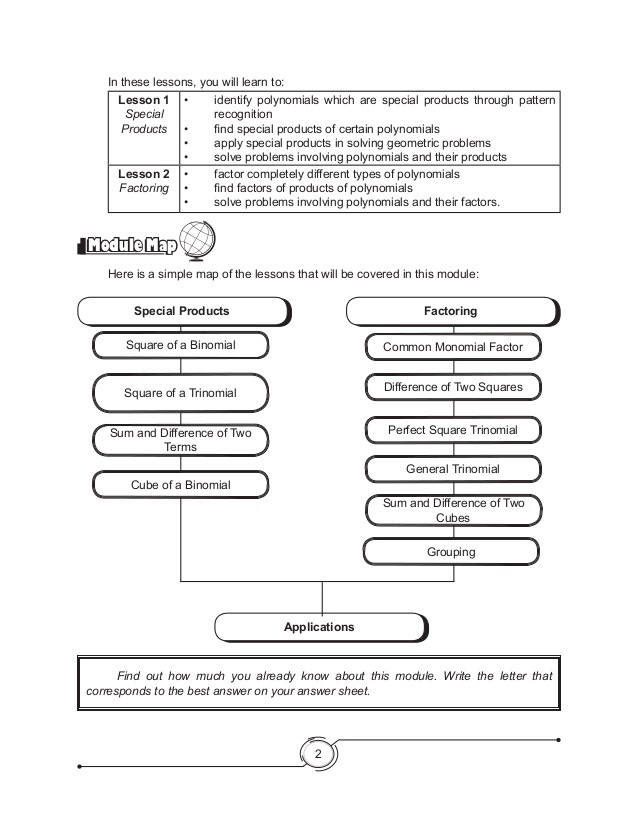Chart Pattern Recognition a Third Grader Could Do
Post on: 20 Август, 2015 No Comment

September 2, 2009 By Kenny
Don’t let the title fool you, chart pattern recognition is a difficult skill to learn, and even hard to master. Today’s post comes to us from Amey from TheWildInvestor.com, and it’s a good one! Please enjoy, comment, and enjoy the day.
=====================================================================
I like to keep things simple, and that definitely holds true in the world of stock trading, and since I am a pure technical analyst that makes the process even simpler. For the most part, I use screeners, such as the one inside MarketClub, to shift through possible stocks to play. Yeah, sure it works time from time, but even that is a little too much work for me. Luckily, I found a strategy that a third grader could even follow.
If you are familiar with the financial market, then you know there are tickers for individual stocks and then tickers for indexes of various markets, sectors, commodities, and so on. In continuing, a certain price of a commodity usually tends to effect related companies. A quick example of this is the relationship between the price of oil and drilling companies or the price of oil and airlines.
Basically, the change in one entity alters the outcome of another, and this is the strategy we will use.
All we need to do is find two symbols: an index (i.e. price of oil) and a stock that depends on the price of that index. With these two ticker symbols, plug them into your charting platform and see how they correlate. What happens to the stock when the price of that index goes up or down? I recommend testing a couple different time frames. If the patterns hold for a couple years, then you know you’re on the right track.
In this specific oil example, you will notice some equities that were at its peak when oil was around $140, retreated as oil hit new bottoms, and now slowly rounding out. In other words, you can clearly see the correlation between the two entities. From this particular analysis, a good conclusion is that we need oil to hit this price for the stock to hit this price.
If this is your first exposure to this type of strategy, then it may seem a little off to you; however, take a look at a couple tickers and you’d be surprised how accurate these prices move in tandem. It sort of resembles pair trading. With oil eagerly wanting to move higher, now is a great time to try and find dependent companies that have been beating up by lower prices and ready to burst higher.














